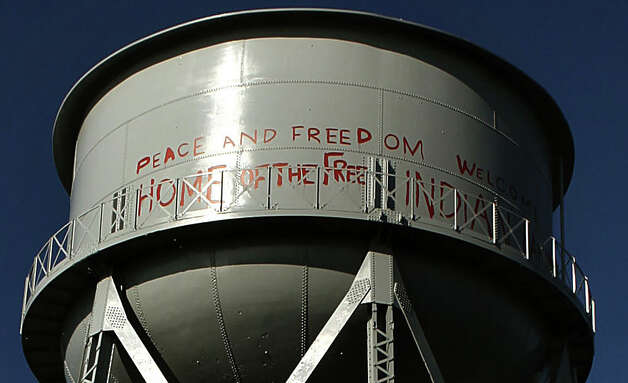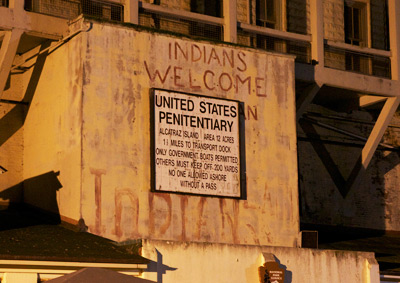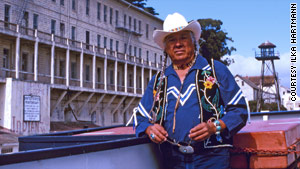By Brenda Norrell
Native Americans also prepared to walk across America for the fourth time to affirm Indigenous rights. The Longest Walk 4 Return to Alcatraz, will depart from DC on July 15, returning home to Alcatraz Island for a ceremony on Dec. 22, 2013.
The walk will affirm Indigenous sovereignty. The guiding force is land based spiritual beliefs. The walk focuses on protection from the exploitation of the land, including the tar sands development and pipelines. Further, the walk focuses on protecting and maintaining traditional spiritual beliefs, protecting sacred sites and stopping the exploitation of Indigenous women and children.
“The time has come to make our voices heard again for our own Indigenous Peoples, as the original message affirming Indigenous Sovereignty has become clouded through the efforts of the nation-states. The threats to our continued existence and way of life are more severe than ever, yet it has become better disguised. We hope to help bring the original vision back to the forefront,” organizers for the Long Walk 4 said this weekend.








